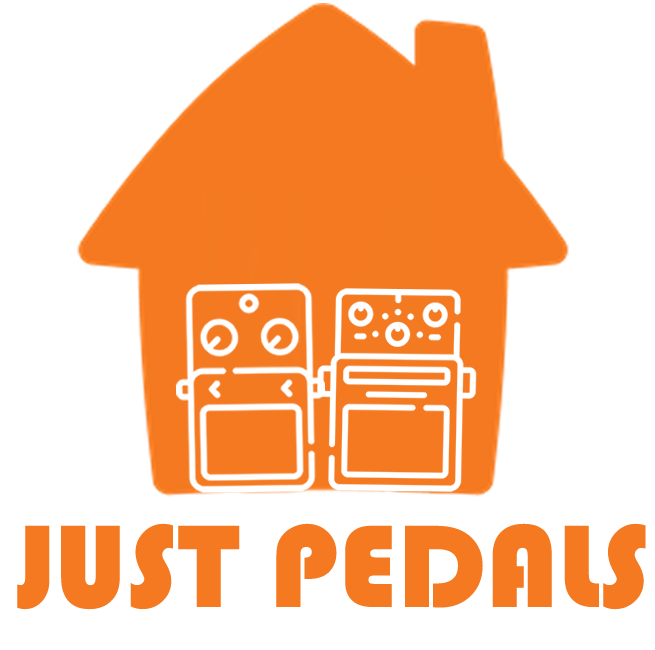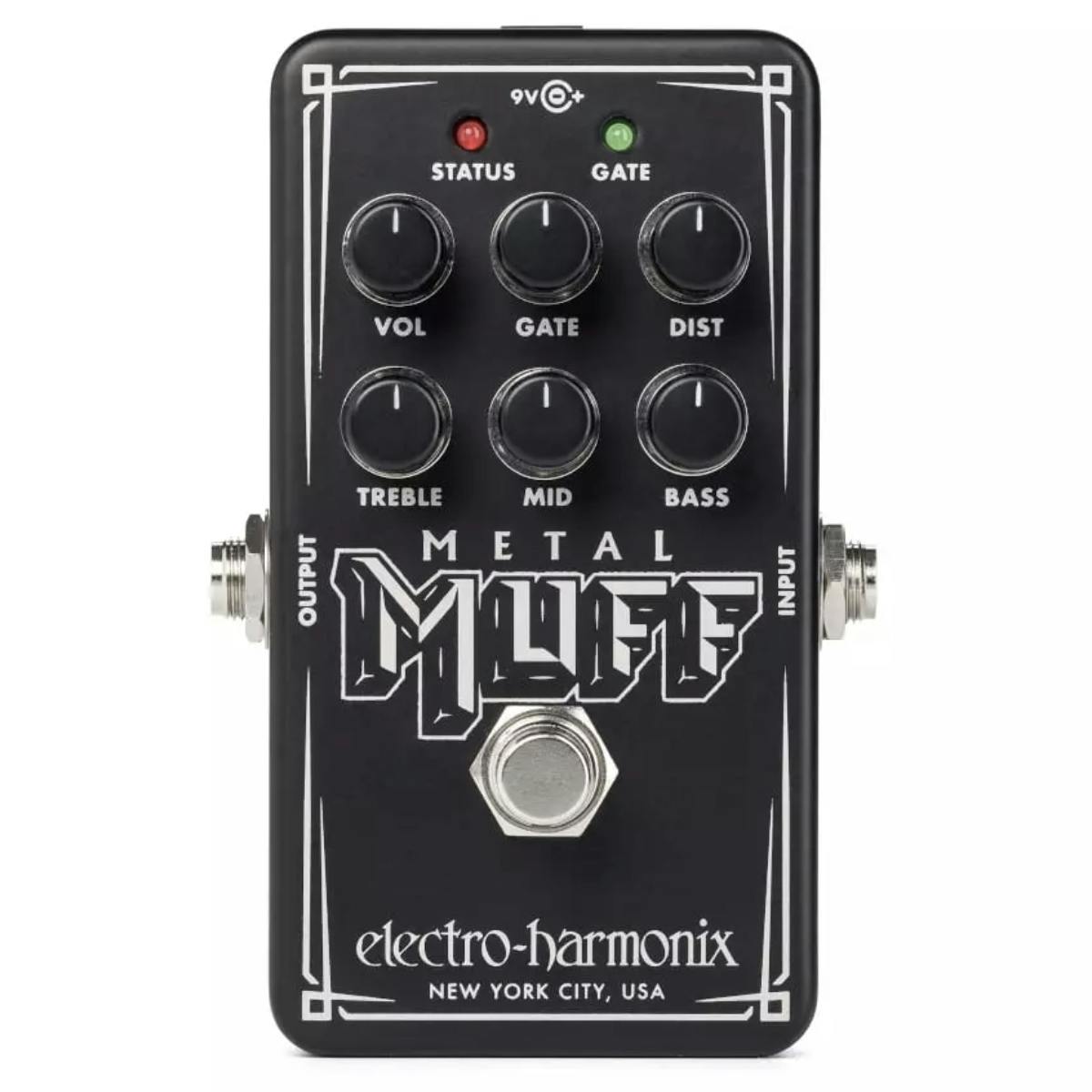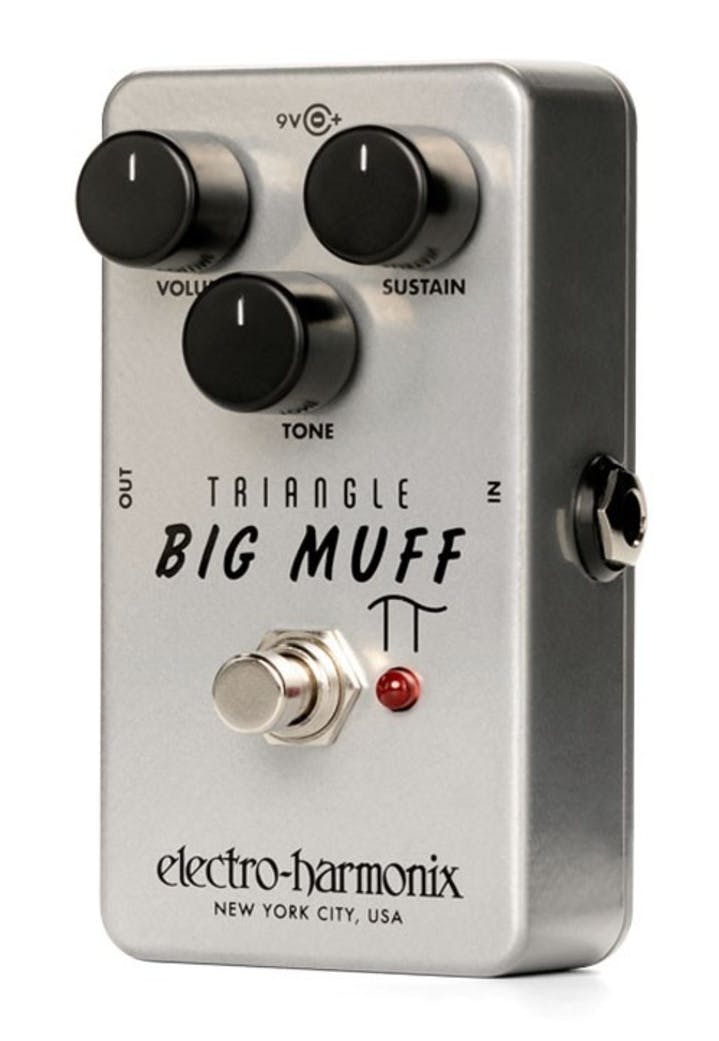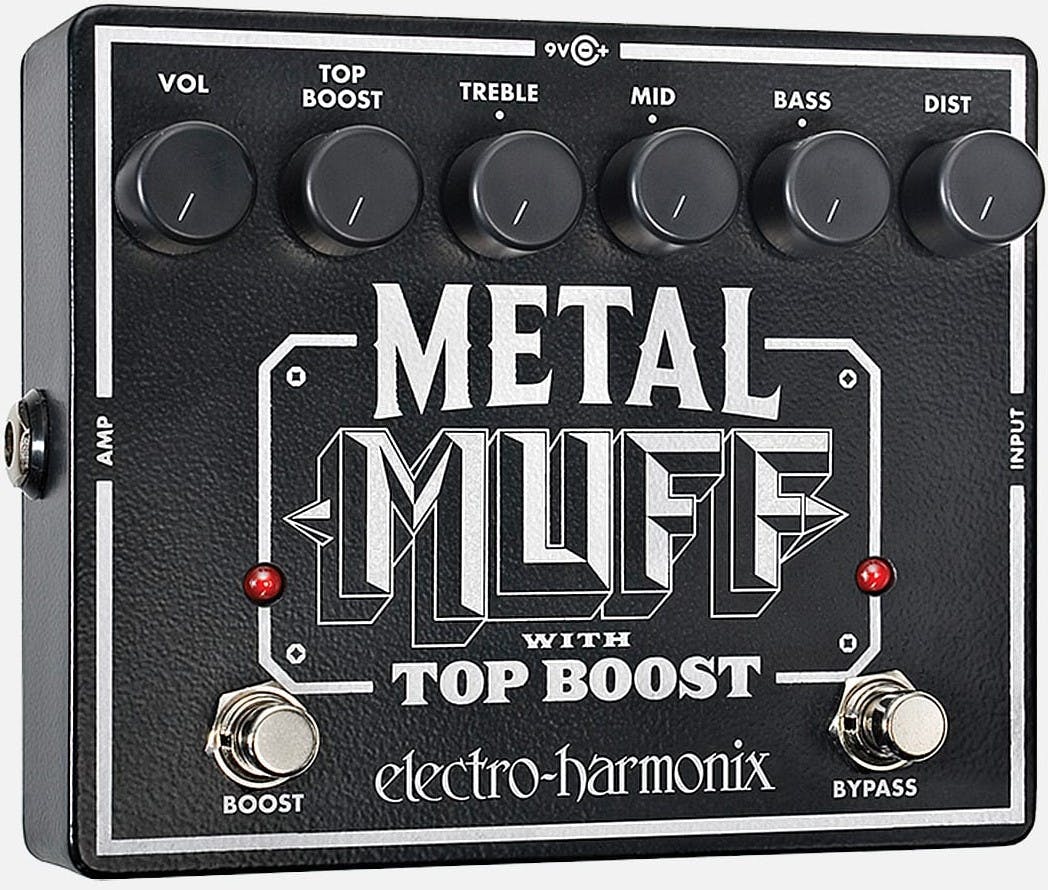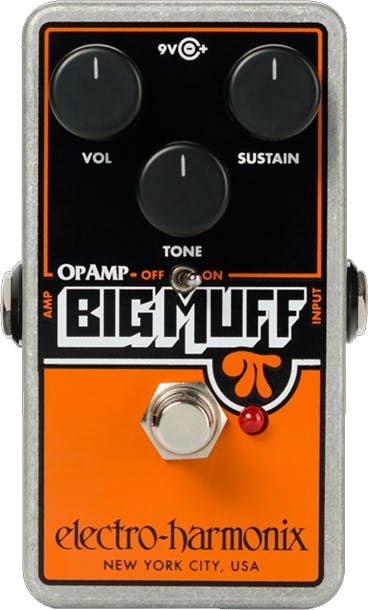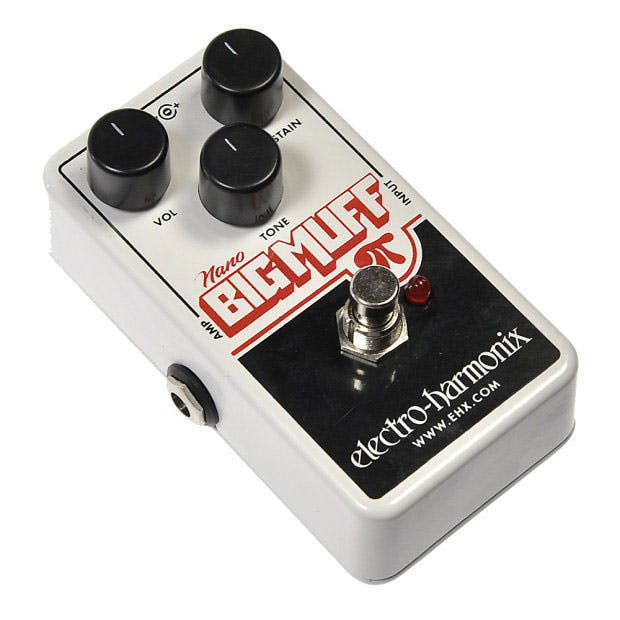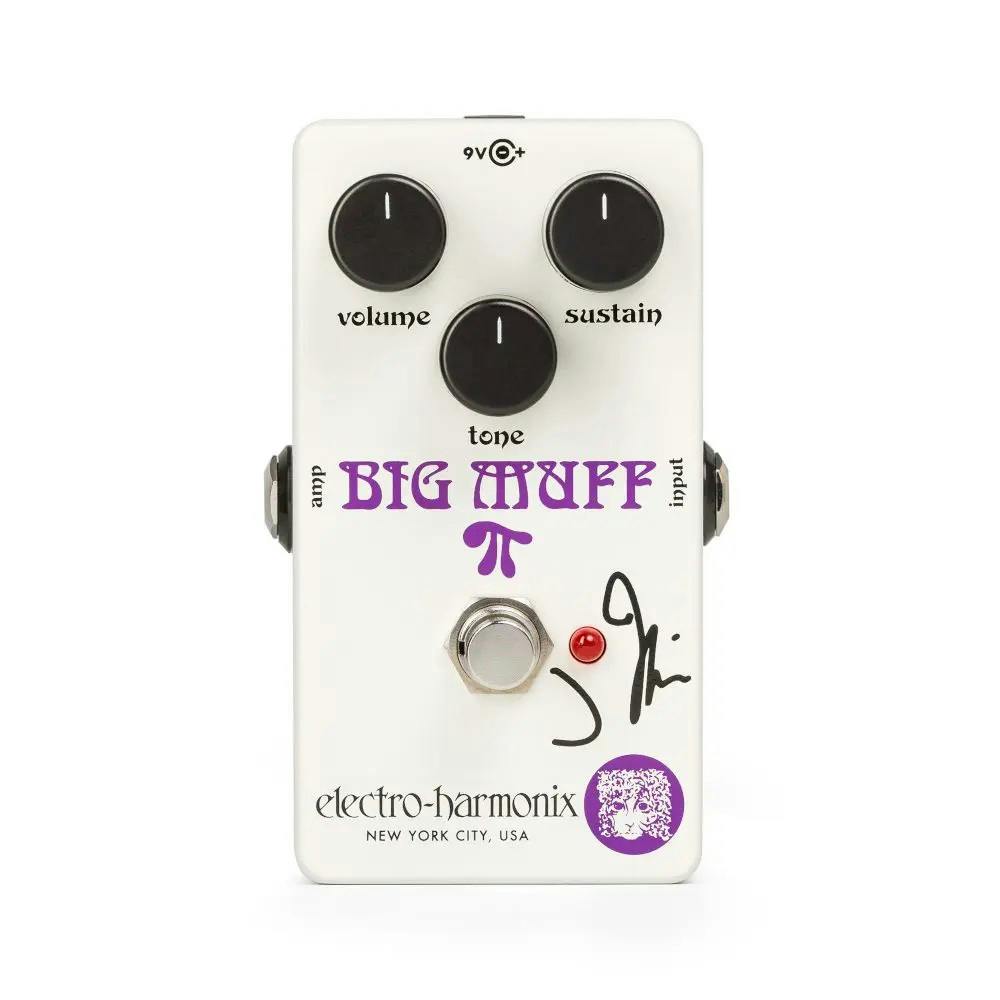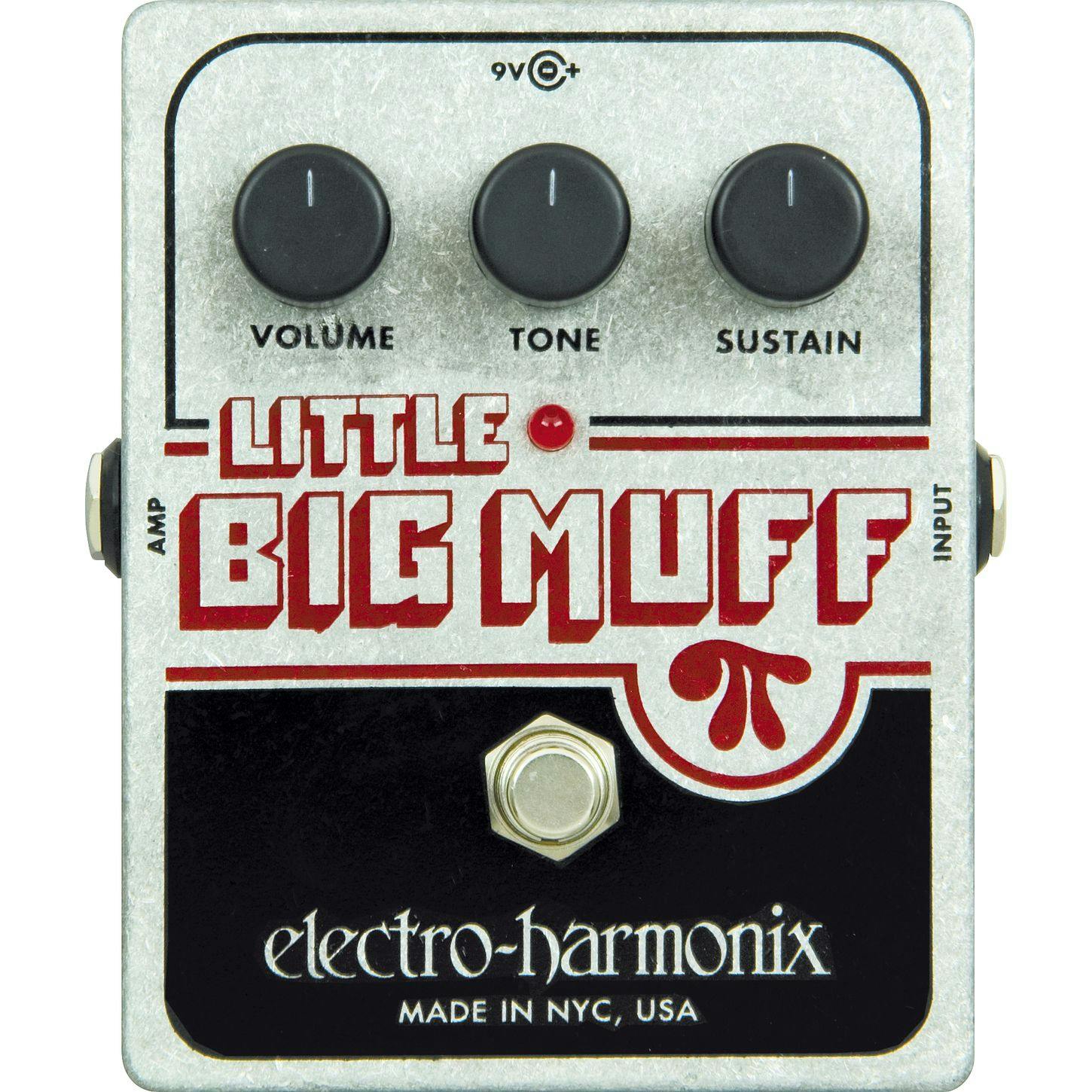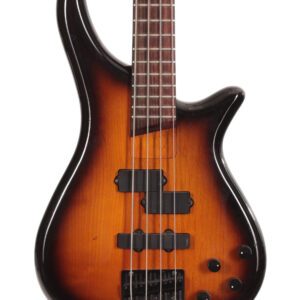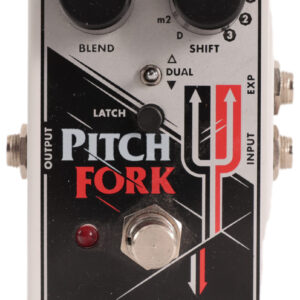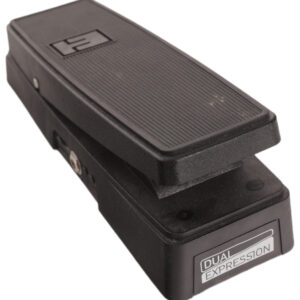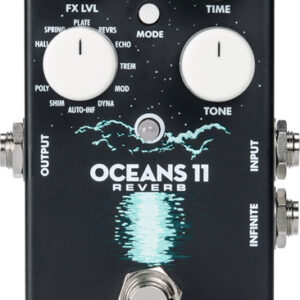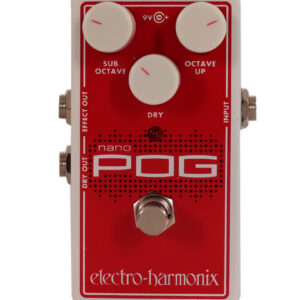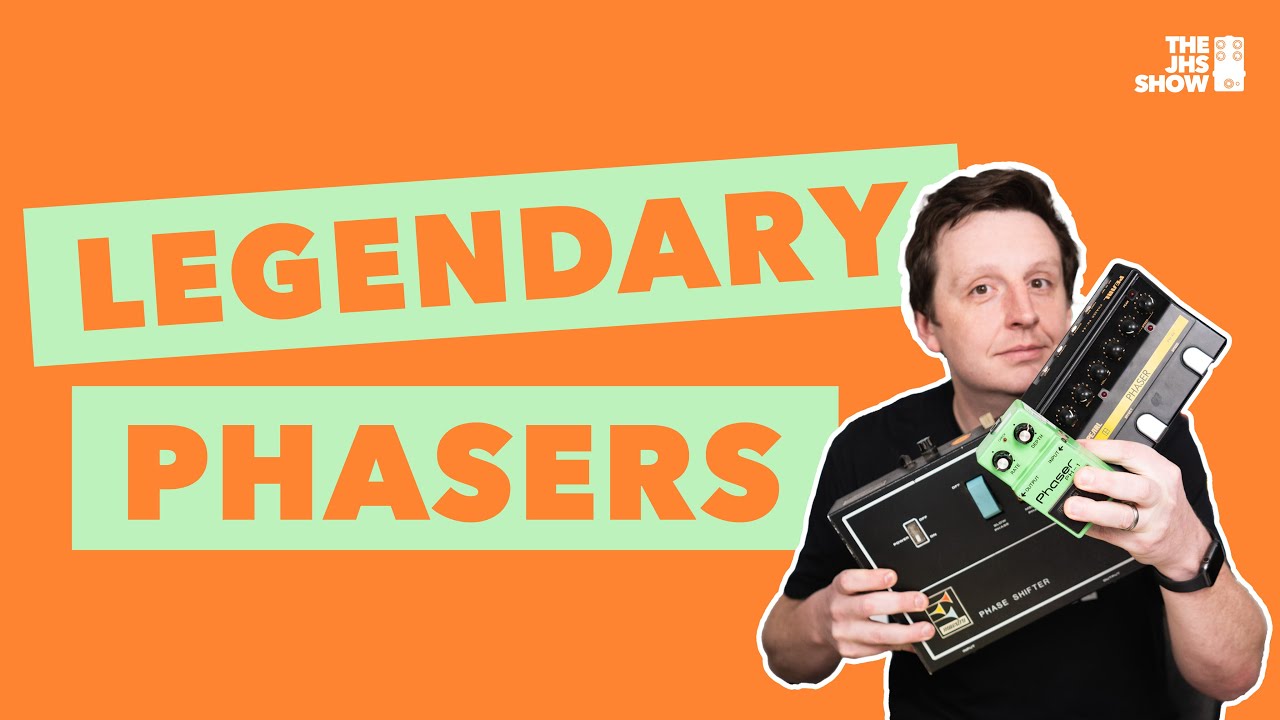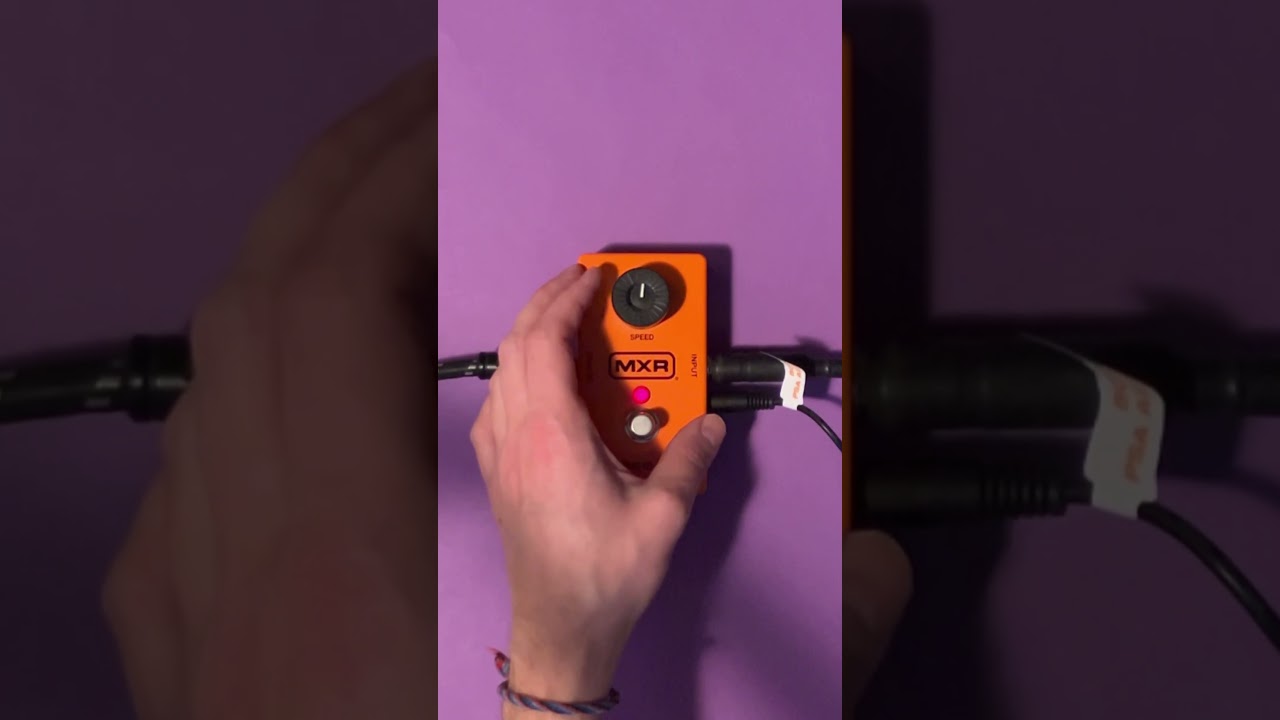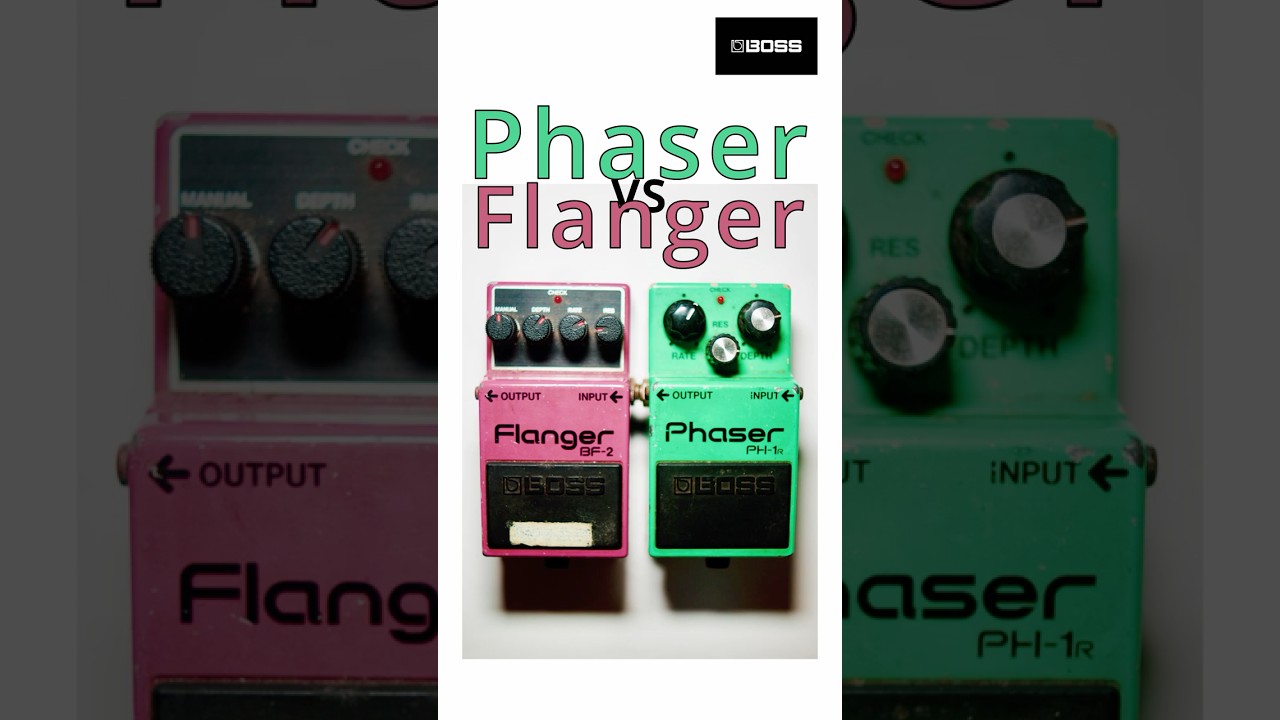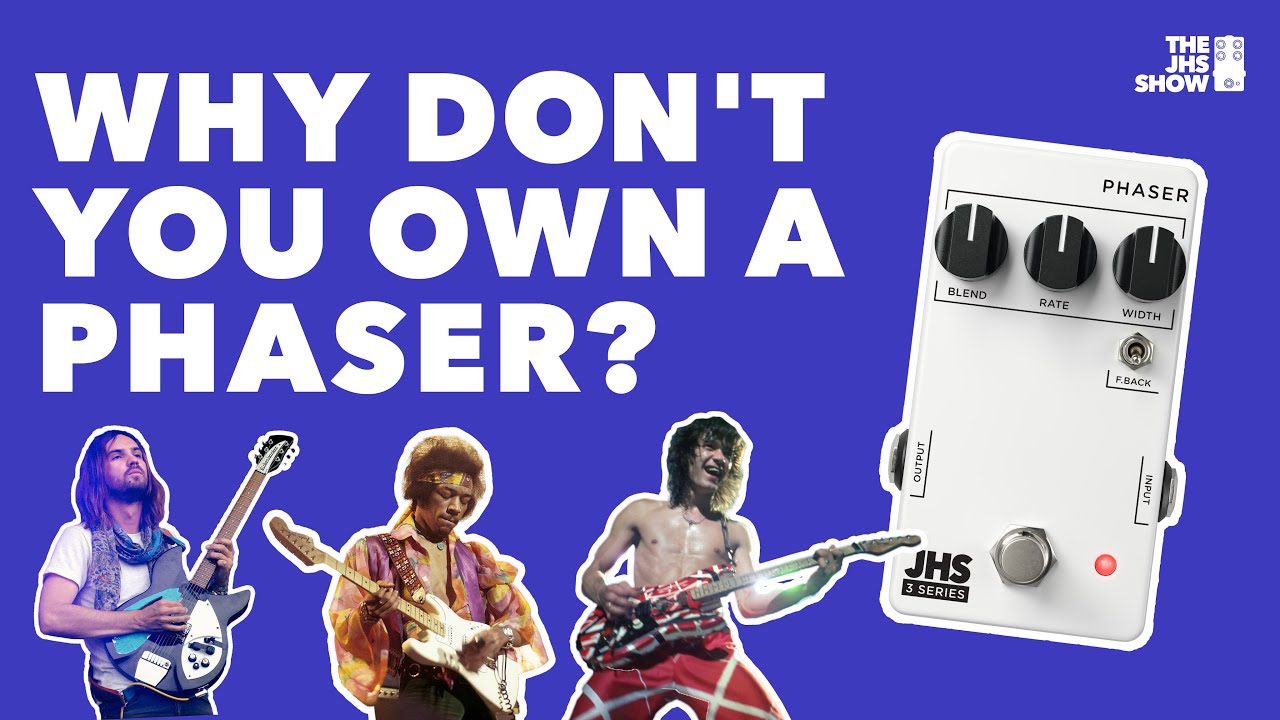Description
The Electro-Harmonix Nano Metal Muff Distortion Pedal is currently retailing at £55 and it is in stock. Available to be delivered to you by post direct (some charge may apply).The team at Just Pedals think that Electro Harmonix nailed it with the Electro-Harmonix Nano Metal Muff Distortion Pedal. Electro-Harmonix Nano Metal Muff Distortion Pedal
We have new and used Electro Harmonix musical equipment available on our website for fast direct delivery from sellers across the UK & Europe.
Electro-Harmonix (EHX) is a legendary effects pedal company founded in 1968 by Mike Matthews, known for pioneering some of the most iconic sounds in music history. Based in New York City, EHX offers a vast range of pedals, from the classic Big Muff fuzz and Memory Man delay to innovative effects like the POG and Freeze. Renowned for their creativity, durability, and affordability, Electro-Harmonix pedals have shaped the tones of countless musicians across genres, from rock and punk to ambient and experimental music.
Distortion is a type of guitar effect that alters the sound by adding sustain, harmonic richness, and a gritty or aggressive character. It clips the audio signal, creating a more saturated and powerful tone. Distortion is commonly used in rock, metal, and punk music, offering everything from warm, crunchy overdrive to heavily saturated, high-gain chaos. Unlike overdrive, which mimics the natural breakup of a tube amp, distortion produces a more intense, compressed, and processed sound. Popular distortion pedals include the Boss DS-1, ProCo Rat, and MXR Distortion+.
Just Pedals is a new Guitar Effect Pedals Marketplace – We feature new and used Guitar Effect pedals from different sellers, to purchase online from the UK.
The Muff is a classic type of fuzz pedal, most famously associated with the Electro-Harmonix Big Muff. It is known for its heavily saturated, distorted sound, often producing a thick, smooth fuzz with a rich harmonic complexity. The Big Muff in particular has become an iconic pedal, widely used in rock, metal, and experimental music, known for its ability to create a sustained, creamy fuzz with a pronounced midrange and bass-heavy response.
The Muff design is typically centred around fuzz distortion, creating a fuzzy, saturated tone with a long sustain that can add both warmth and grit to a guitarist’s sound. Many versions and variations of the Muff pedal exist, such as the Russian Big Muff, Wren and Cuff’s Blackout series, and Moogerfooger fuzzes, each offering unique tweaks on the classic design. Muff pedals are celebrated for their ability to create massive, powerful tones, making them a staple for musicians seeking a distinctive, cutting-edge fuzz sound.
A nano pedal is a small, compact version of a traditional effects pedal, designed to provide powerful sound-shaping capabilities in a miniaturised form. These pedals are perfect for musicians with limited space on their pedalboards or those who need a portable setup without compromising on tone. Despite their smaller size, nano pedals can offer the same high-quality effects as their larger counterparts, such as overdrive, delay, reverb, or modulation.
Nano pedals are popular for their convenience and versatility, allowing musicians to fit more effects into a tight space or create a minimalist setup. Brands like Electro-Harmonix, MXR, and TC Electronic offer a range of nano pedals that deliver professional-grade sound in a compact and travel-friendly design. They are ideal for musicians looking to maintain a sleek and functional pedalboard while still having access to essential effects.
A pedal is an electronic device that alters the sound of an electric guitar by applying various effects. Pedals are typically connected in a series between the guitar and amplifier, allowing guitarists to switch effects on and off with their feet while playing.
This enables musicians to quickly and easily change their sound, adding versatility and creativity to their performances.
Pedals are essential tools in many musical genres, including rock, blues, jazz, and metal, allowing artists to craft distinctive and dynamic soundscapes.
Once you buy one, you can’t stop and then you have to sell them and buy more.
Just the latest videos
Just related products
£57.00
Adjusted distortion pedal for heavy metal. Extensive equalization control, with 14db bass cut or enhancement, 15db mids, and 10db treble. Vol control to adjust the overall output volume. Dist control for input gain adjustment and distortion. Noise ga…
read more
8% Off £83.67 £77.00
Crushing distortion Singing sustain with attitude Compact, rugged nano enclosure True bypass 9-volt battery included, Optional 9.6DC-200 power supply available
£107.89
Wide array of tone shaping options for a unique tone Foot-switchable top boost for screaming leads High-input impedance buffered bypass
£67.98
Reissue of the 1969 classic Muff Fuzz in a die-cast aluminum box Compact, die-cast aluminum package
£107.00
The authentic V1 Triangle Big Muff reissued in a nano-sized chassis Effect status LED True bypass Vintage look and graphics Comes with a 9V battery, also accepts an optional EHX 9.6DC200mA PSU
